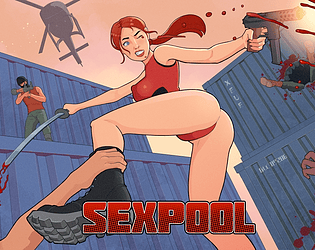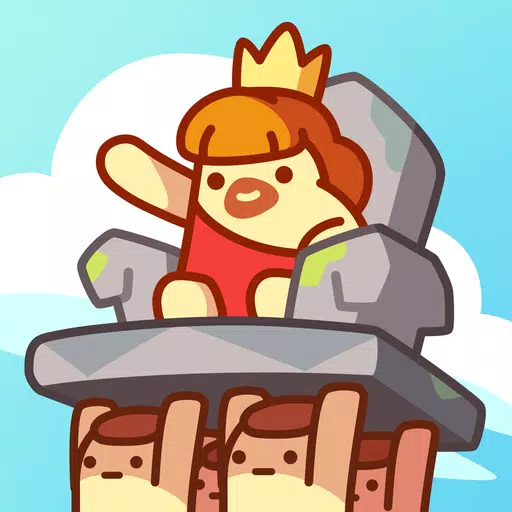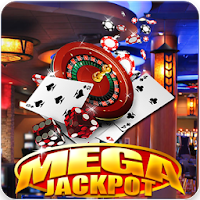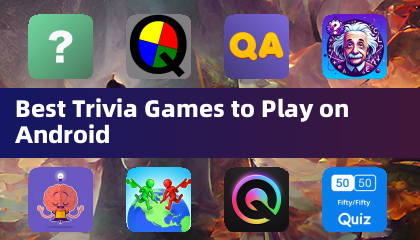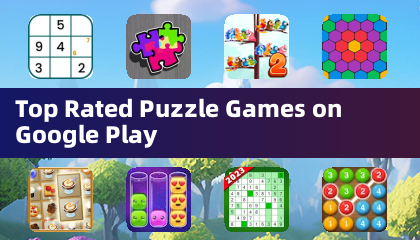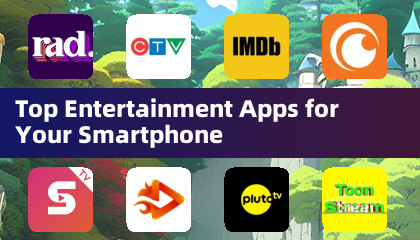The announcement of the Nintendo Switch 2 at a $450 USD price point certainly raised eyebrows, marking a significant increase over the prices we've typically seen from Nintendo. Given the rise in production costs and economic factors like tariffs, analysts had anticipated a minimum price of around $400 USD. However, the real surprise came with the pricing of Switch 2 games, which not only meet the new industry standard of $70 USD but can go as high as $80 USD for titles like Mario Kart World. When you factor in the costs of additional accessories for the full Switch 2 experience, the total investment becomes quite substantial.
But how does the Switch 2's launch price compare when adjusted for inflation against previous Nintendo consoles? And how does it stack up against other gaming systems? The comparisons may offer some interesting insights.
Nintendo Switch 2 Price Vs Previous Nintendo Consoles
NES
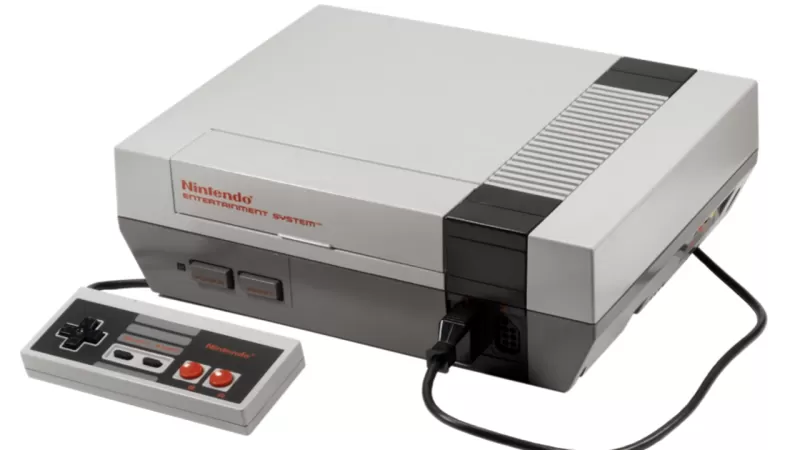
The NES, launched in 1985 at $179 USD, seems like a steal today. However, when adjusted for inflation, it would cost a staggering $523 USD in 2025. That's quite a jump!
SNES
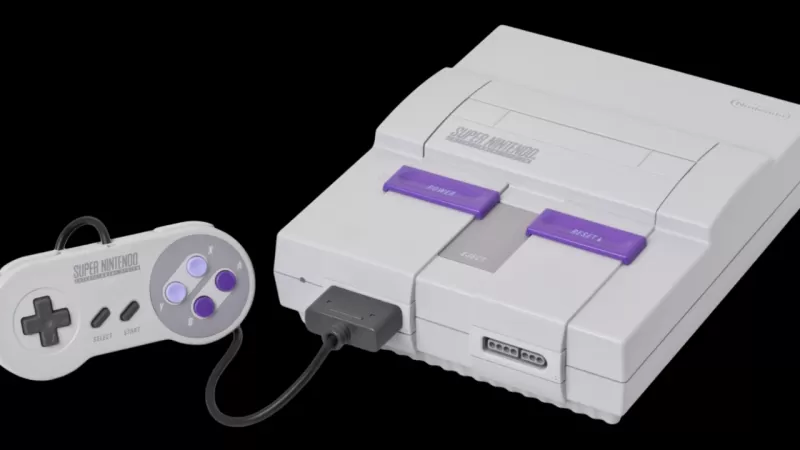
The SNES followed in 1991, priced at $199 USD. With inflation, that translates to $460 USD in 2025, showing a slight increase over the NES in today's terms.
Nintendo 64
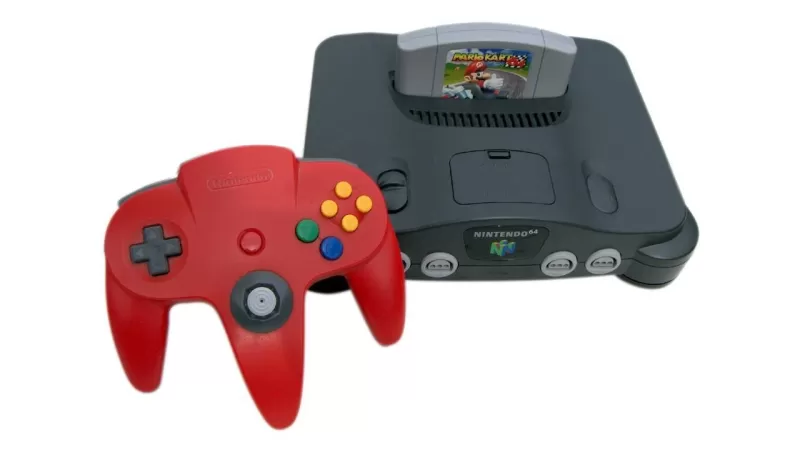
The Nintendo 64, released in 1996 at the same $199 price point as the SNES, would cost $400 USD today after adjusting for inflation, reflecting the era's technological advancements.
Nintendo GameCube
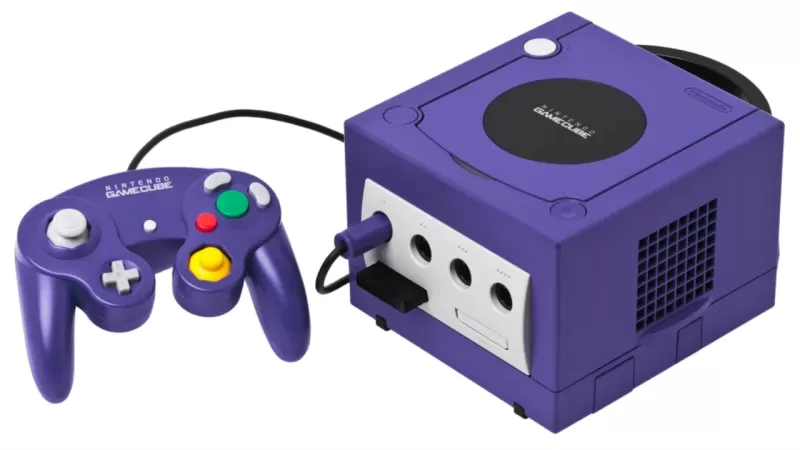
The GameCube, which hit the market in 2001 for $199, would be $359 USD in today's dollars. Its games will be accessible on the Switch 2 via the Nintendo Switch Online's classic library.
Wii

The Wii, launched in 2006 for $249 USD, became a global phenomenon. Adjusted for inflation, it would cost about $394 USD in 2025.
Wii U
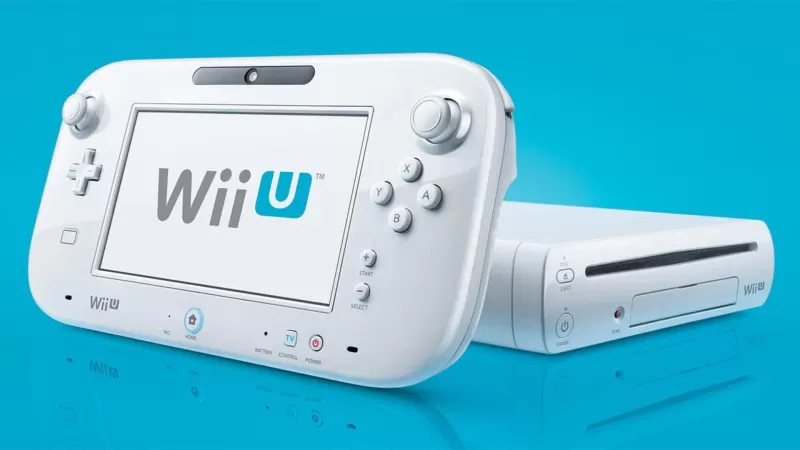
The Wii U, released in 2012 for $299 USD, didn't achieve the same success. In today's terms, it would be $415 USD, making it closer to the Switch 2's pricing.
Nintendo Switch
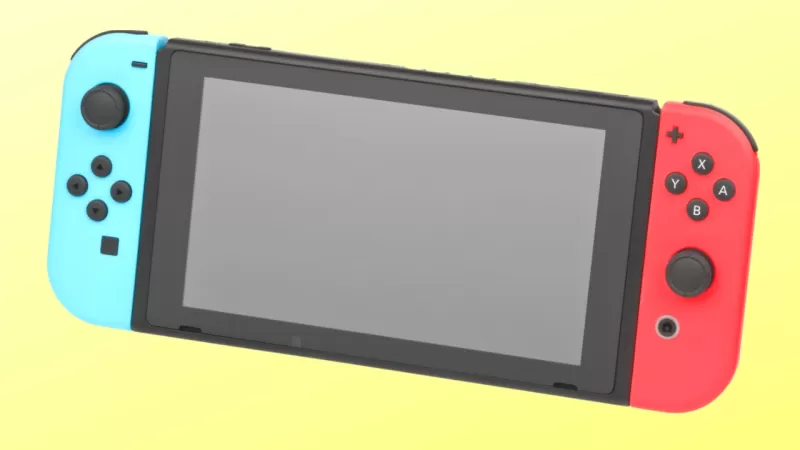
The highly successful Nintendo Switch, launched in 2017 for $299 USD, would be $387 USD today. This is still cheaper than the Switch 2, set to hit shelves on June 5.
When adjusted for inflation, the original NES emerges as the most expensive console Nintendo has ever launched. This context might not make the Switch 2's price any more palatable, but it's interesting to note.
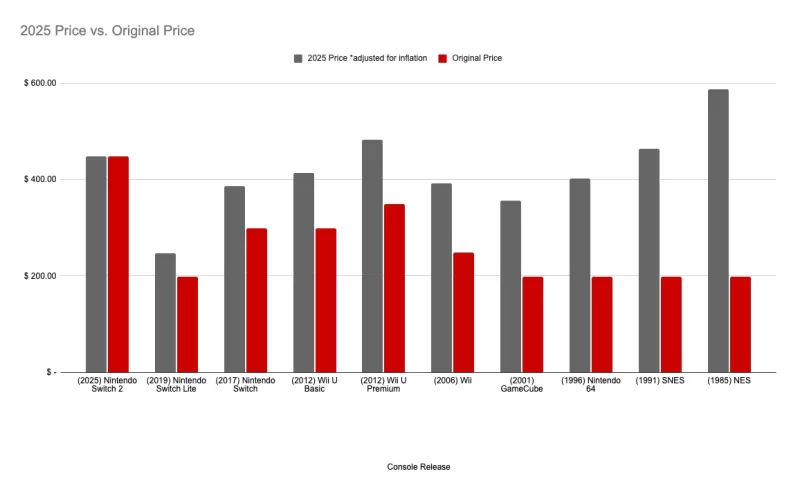 Credit: IGN
Credit: IGN
But what about the games?
While the Switch 2's price was somewhat anticipated, the pricing of its games caused a stir. Titles like Mario Kart World are priced at $80 USD, while others like Donkey Kong Bananza come in at $70 USD (or $65 digitally). Comparing these to the early NES cartridges, which varied widely in price, is challenging. In the early '90s, an NES game could cost up to $45 USD, which would be $130 USD in 2025, while some were as low as $34 USD, or $98 USD today. Despite this, many believe game prices could rise even further.
The Switch 2's pricing is at the higher end of Nintendo's spectrum, surpassed only by the NES and SNES when adjusted for inflation. Real-world factors, such as the announcement of a cheaper, region-locked Switch 2 for Japan at 49,980 JPY or $340 USD, highlight the impact of these factors on pricing.
How Switch 2's Price Compares to Other Consoles
PlayStation 2

The PlayStation 2, released in 2000 for $299 USD, is the best-selling console ever. Adjusted for inflation, it would cost $565 USD in 2025.
Xbox 360
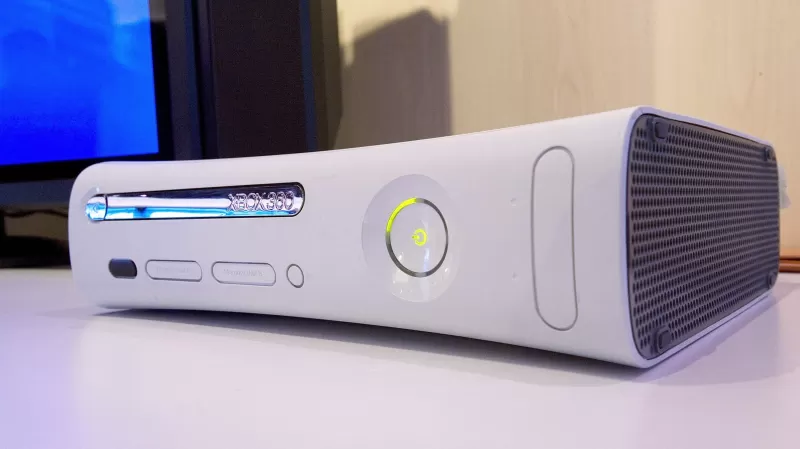
The Xbox 360, launched in 2005 for $299 USD, would be about $500 USD in 2025, reflecting its status as Microsoft's most successful console.
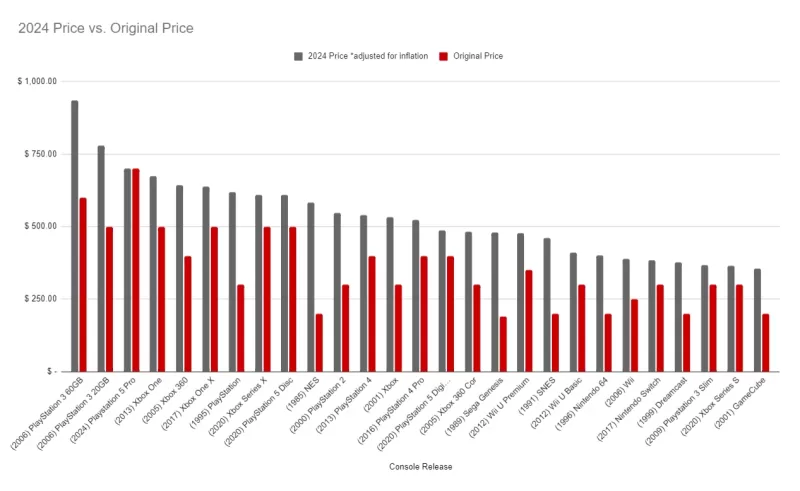 Console prices adjust for inflation. The PS3 was super expensive! Image credit: IGN
Console prices adjust for inflation. The PS3 was super expensive! Image credit: IGN
This analysis shows how the Switch 2's price compares to its predecessors and some competitors. For more insights, check out IGN's hands-on with the Switch 2 and games like Mario Kart World, as well as discussions with analysts on the factors driving the Switch 2's pricing.



